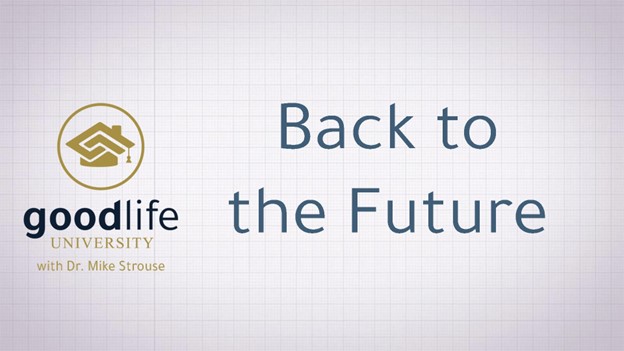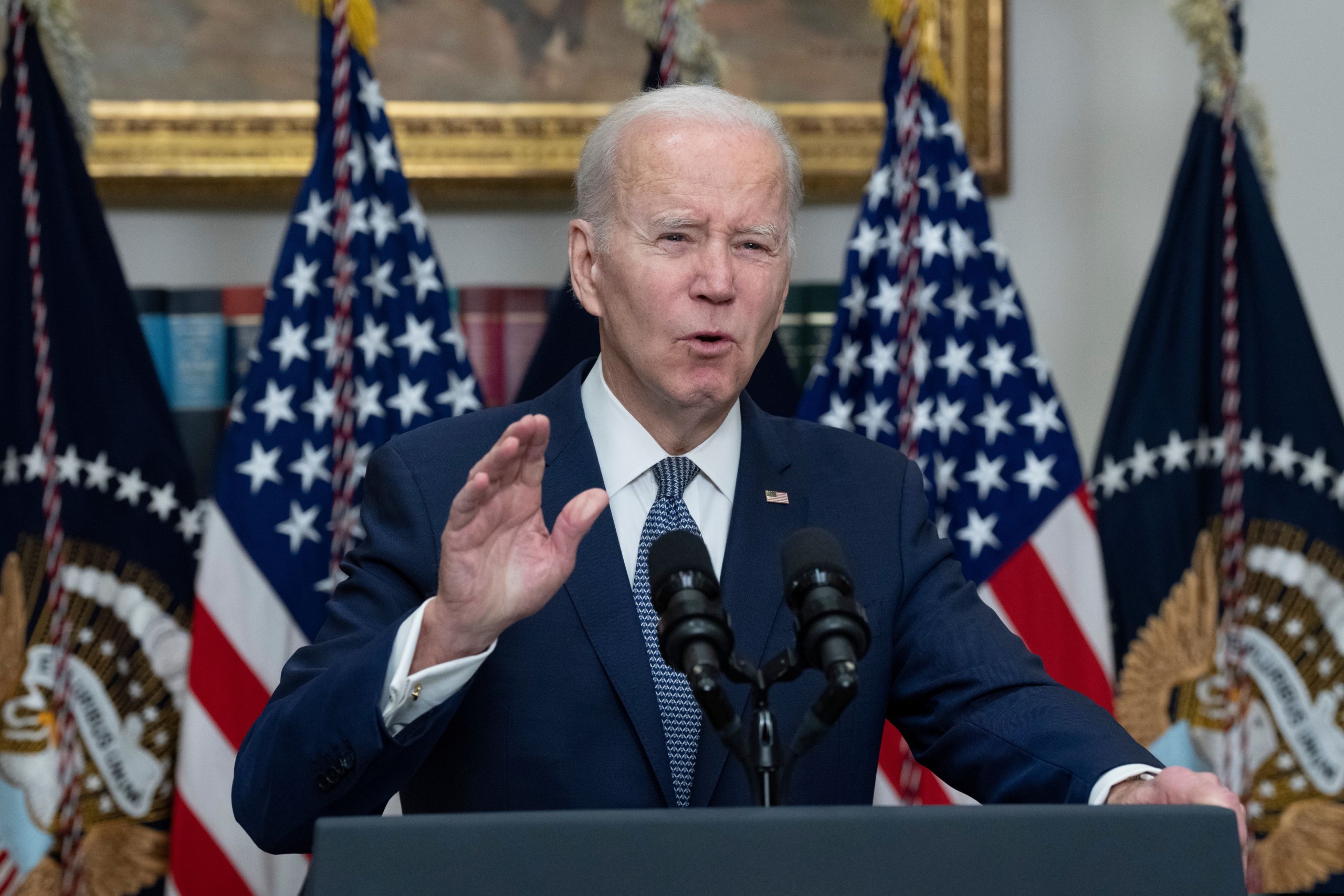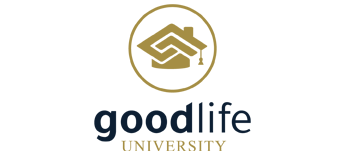The State of America's Direct Support Workforce Crisis 2024
New report sheds light on persistent problems facing community providers due to ongoing recruitment and retention challenges
Browse the Data
Connections - 12.21.22
GoodLife U 2022: Back to the Future

Share this page
Stay Informed on the Latest Research & Analysis from ANCOR
More News
Stateside Report - 01.13.25
Stateside Report: January 13, 2025

Capitol Correspondence - 01.07.25
President Biden Signs ANCOR Supported Think Differently Database Act into Law

Capitol Correspondence - 01.07.25

